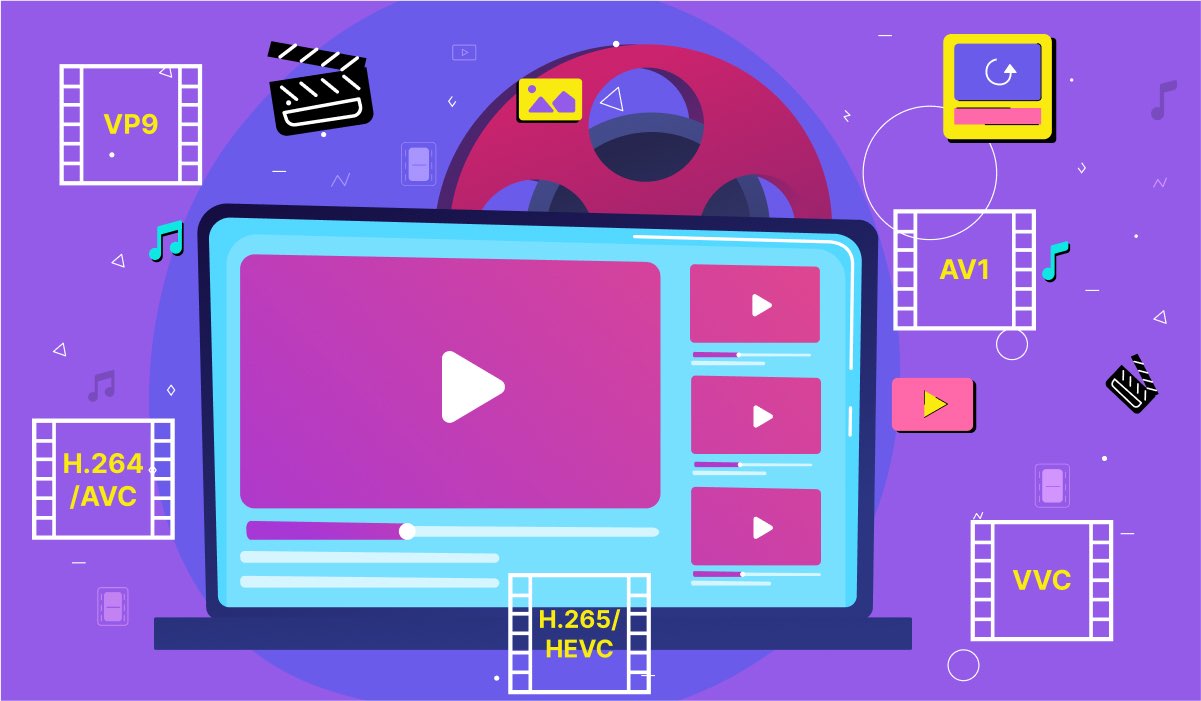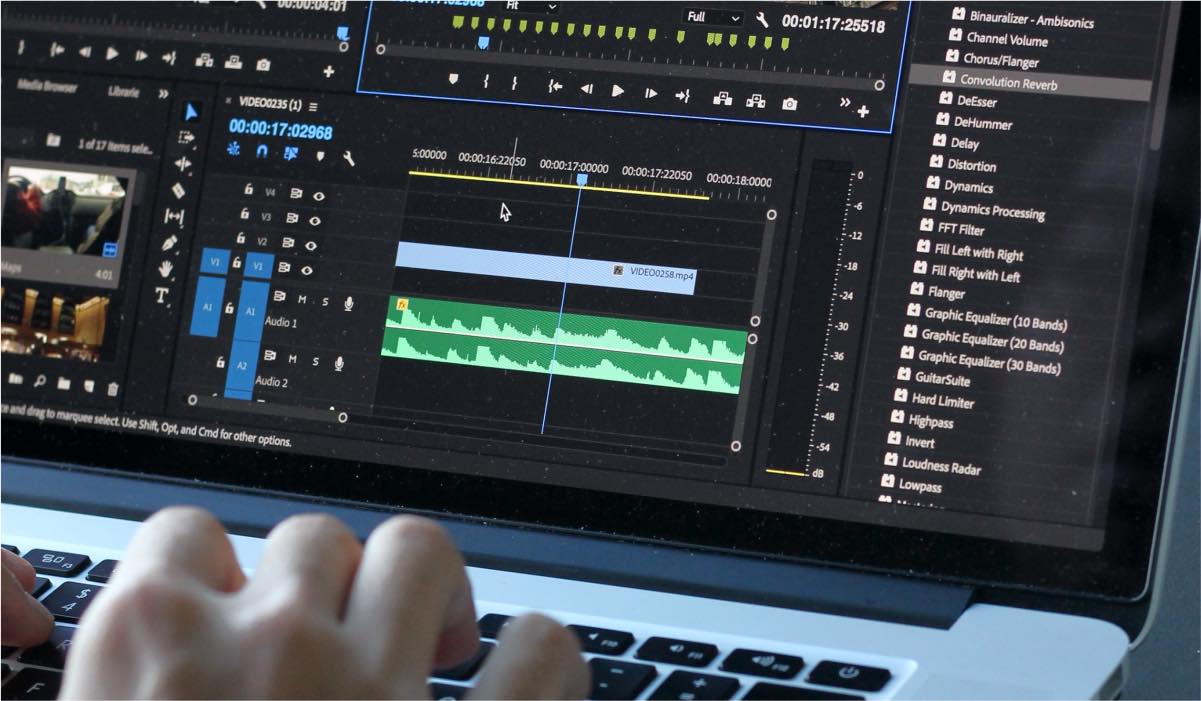What is The Difference Between Video Codecs and Video Containers?
3 min read

Video Codecs Vs. Video Containers Ultimate Guide
Video codecs and video containers are two distinct but related concepts in the world of digital video. While they both play a role in determining the quality and format of a video file, they do so in different ways. In this article, our specialists at VideoMeister will examine the difference between video codecs and video containers, and how they interact to produce a final video file.

What are codecs for video
A video codec is a software algorithm that is used to compress and decompress digital video files. The purpose of this compression is to reduce the size of the video file, making it easier to store, transfer, and play. There are many different video codecs available, each with its own strengths and weaknesses. Some of the most common video codecs include H.264, H.265 (HEVC), VP9, and AV1.
Efficient compression
The most important characteristic of a video codec is its compression efficiency. This refers to the degree to which the codec is able to reduce the size of the video file without sacrificing too much quality. Codecs that are highly efficient can produce high-quality video files that are smaller in size, making them more practical for storage, transfer, and playback on different devices.

Compatibility
Another important characteristic of a video codec is its level of compatibility. Some codecs are supported by a wide range of devices and platforms, while others are more limited. For example, H.264 is widely supported, while VP9 is not as widely supported and is primarily used in the Chrome browser.
Licensing
In addition to these technical characteristics, video codecs also have different licensing and patent requirements. Some codecs are open-source and free to use, while others require licensing fees. This can affect the cost of using the codec and the ease with which it can be implemented in different applications.
What are video containers
A video container, on the other hand, is a file format that encapsulates the video data and metadata that make up a digital video file. The purpose of the container is to define how the video data and metadata are stored and organized within the file. Some of the most common video containers include MP4, AVI, MKV, and MOV.
Compatibility
The most important characteristic of a video container is its level of compatibility. Some containers are supported by a wide range of devices and platforms, while others are more limited. For example, MP4 is widely supported, while MKV is not as widely supported and is primarily used in the realm of high-definition video.

Video file information storage
In addition to compatibility, video containers also define the structure of the video file, including the codec used, the resolution and frame rate of the video, and any additional audio or subtitle tracks that may be included. This information is stored in the header of the video file, and is used by playback software to determine how the video should be displayed.
Wide video format support range
Another important characteristic of video containers is their ability to support different video codecs. Some containers are designed to support a specific codec, while others can be used with a wide range of codecs. For example, MP4 is designed to support H.264 and H.265, while MKV can support a wider range of codecs, including VP9 and AV1.

Conclusion
In conclusion, video codecs and video containers are two distinct but related concepts in the world of digital video. Codecs are used to compress and decompress video data, while containers define the structure and organization of the video file.
The choice of codec and container will depend on the specific requirements of a particular project, including the desired level of compression efficiency, compatibility, and licensing requirements. By understanding the difference between video codecs and video containers, and how they interact to produce a final video file, we can make informed decisions about the best format for our needs.


